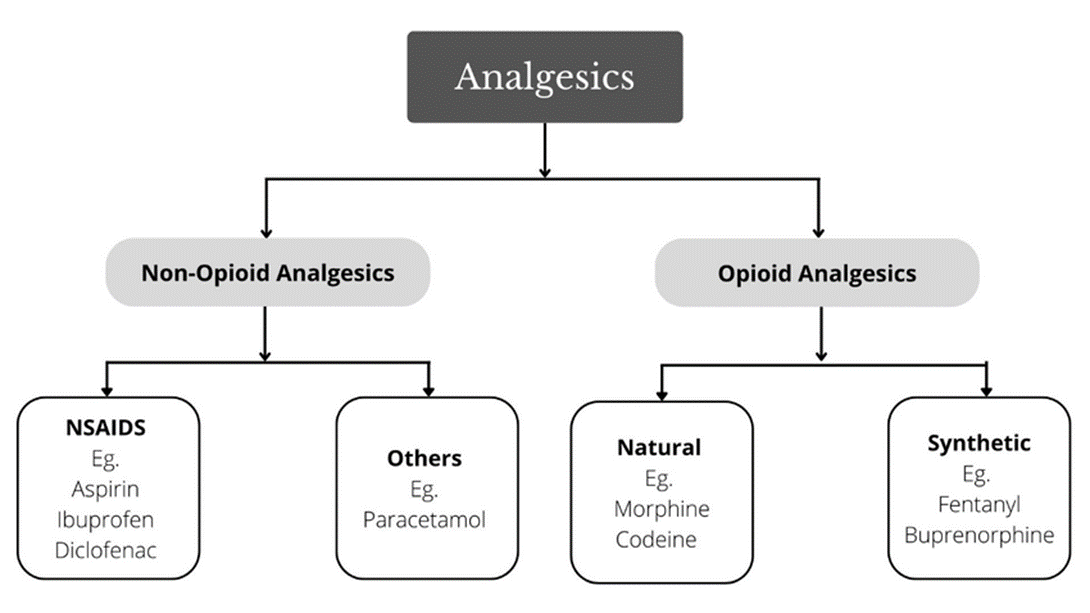Patient Data
Review H and P and laboratory results.
What item(s) should be included in the treatment regimen for this client? Select all that apply.
Weight reduction treatment
Exercise planning
Long-acting insulin
Nutrition education
Extra carbohydrates
Oral antidiabetic
Short acting insulin
Correct Answer : A,B,D,F
Choice A Reason: Weight reduction treatment is a modifiable risk factor for prediabetes. Losing a small amount of weight, around 5% to 7% of body weight, can significantly lower the risk of developing type 2 diabetes. For a 200-pound person, this means losing about 10 to 14 pounds.
Choice B Reason: Exercise planning is crucial as it helps improve insulin sensitivity and glucose metabolism. The recommendation is at least 150 minutes per week of moderate-intensity physical activity, such as brisk walking or light cycling.
Choice C Reason: Long-acting insulin is not typically used in the management of prediabetes. Insulin therapy is more commonly a part of the treatment regimen for individuals with type 1 diabetes or those with type 2 diabetes who cannot control their blood glucose levels with oral medications.
Choice D Reason: Nutrition education is essential for managing prediabetes. A diet rich in fiber, whole grains, and non-starchy vegetables, and low in added sugars and saturated fats, can help manage blood glucose levels3.
Choice E Reason: Extra carbohydrates are not recommended for prediabetes management as they can lead to increased blood glucose levels. Instead, a balanced diet with controlled carbohydrate intake is advised.
Choice F Reason: Oral antidiabetic medications, such as metformin, may be prescribed to help lower blood glucose levels and improve insulin sensitivity in individuals with prediabetes.
Choice G Reason: Short-acting insulin is not indicated for prediabetes management for the same reasons as long-acting insulin; it is not typically part of the treatment regimen unless the individual has progressed to type 2 diabetes and requires insulin therapy.
Nursing Test Bank
Naxlex Comprehensive Predictor Exams
Related Questions
Correct Answer is D
Explanation
Choice A reason: Measuring body temperature is a standard procedure but not directly related to monitoring for adverse effects of prasugrel, which primarily include bleeding complications.
Choice B reason: Assessing skin turgor is generally used to evaluate hydration status and is not specific to prasugrel's adverse effects.
Choice C reason: Checking for pedal edema can indicate heart failure or vascular problems but is not a direct indicator of prasugrel's adverse effects.
Choice D reason: Observing the color of urine is important as prasugrel can cause significant and sometimes fatal bleeding. Dark or bloody urine may be an early indicator of such bleeding.
Correct Answer is A
Explanation
Choice A reason: The priority is to manage the client's severe pain, which can be achieved through the administration of an IV analgesic. Effective pain management is crucial for postoperative recovery and can prevent complications related to increased pain, such as elevated heart rate and blood pressure.
Choice B reason: While assessing the IV site for patency is important, it is not the most critical intervention when a client is experiencing severe pain.
Choice C reason: Providing a pillow for splinting can help with pain management during movement or coughing but does not directly address the immediate need for pain relief.
Choice D reason: Placing the client in a high-Fowler's position may aid in comfort and breathing but is not the most important intervention for severe pain management.

Whether you are a student looking to ace your exams or a practicing nurse seeking to enhance your expertise , our nursing education contents will empower you with the confidence and competence to make a difference in the lives of patients and become a respected leader in the healthcare field.
Visit Naxlex, invest in your future and unlock endless possibilities with our unparalleled nursing education contents today
Report Wrong Answer on the Current Question
Do you disagree with the answer? If yes, what is your expected answer? Explain.
Kindly be descriptive with the issue you are facing.
